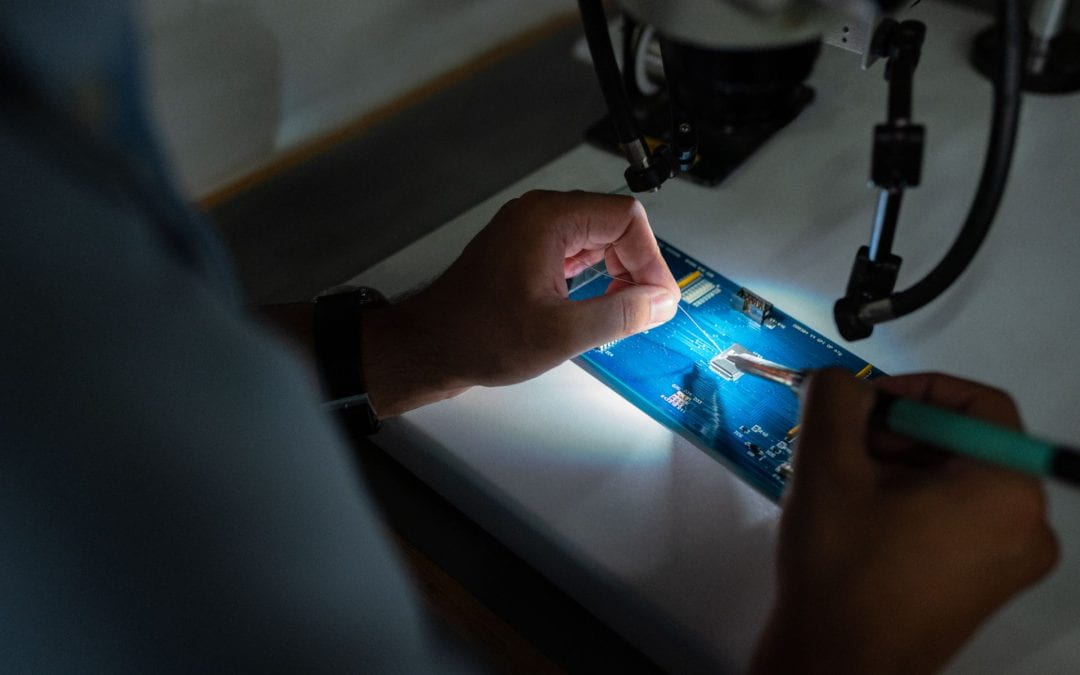Alexandra Sims, University of Auckland and Trish O’Sullivan, Massey University
Photo by ThisisEngineering RAEng on Unsplash
There was a time when the family washing machine would last decades, with each breakdown fixed by the friendly local repair person. But those days are long gone.
Today, it is often faster, easier and cheaper to replace household items, even when they are meant to be repairable.
This is not just a consumer issue. Only about 2% of New Zealand’s e-waste is recycled, meaning most of our electrical goods are ending up in landfills.
And the problem is likely to worsen as more appliances use software. This allows manufacturers to limit the lifespan of their products. Copyright rules on that software are making repairs even more difficult – and potentially illegal.
So what can be done to protect consumers and the environment from appliances with deliberately short lives? Our research found changes are needed to a range of laws, including copyright law, to enshrine the consumer’s “right to repair”. The government can look overseas to see how this can be done.
The right to repair
The concept of a “right to repair” is relatively vague. But essentially, products need to be designed to last longer and be repairable.
Manufacturers also need to ensure repairs can be done with commonly available tools, and that spare parts and repair information are available.
While there is no single definition or set of requirements, a number of countries (including the United Kingdom, France, Australia and parts of the United States) are introducing laws establishing the right to repair, albeit to varying degrees.
But New Zealand has yet to make, or indeed propose, any such legislation.
Beyond repair – software locks
Crucially, the right to repair is not limited to simply repairing broken electronics and appliances.
Increasingly, manufacturers are using software to control how products are used through “software locks”, also known as digital locks.
For example, these have been used to stop printers working at the end of their pre-programmed life or if the owner stops paying a monthly subscription.
Consumers are then forced to choose between using expensive authorised repairers to “service” the printer, to continue paying a subscription, or to throw away their “bricked” appliance (one that has become as functional as a brick).
Software locks are also used to prevent repairs by the owner or independent repairers, even if genuine spare parts are being used.
Copyright infringement
Hacking a software lock is possible, but it can be a technical challenge and also a legal nightmare. Professional repairers are concerned about infringing copyright and other intellectual property rights if they repair items.
And they have every reason to be worried, with manufacturers using “intellectual property as a weapon” against independent repairers.
In New Zealand, software locks called “technology protection measures” (TPMs), are protected under the Copyright Act. Independent repairers who circumvent a TPM to repair or maintain a product are committing an offence and if prosecuted are liable for a fine of up to NZ$150,000 or up to five years in prison, or both.
But some countries have recognised that manufacturers are illegitimately using copyright to prevent repair. In the US there are narrow exceptions for circumventing software locks to repair some goods. But these are temporary and need to be reconsidered and renewed every three years.
A proposed amendment to the Canadian Copyright Act would allow the circumvention of TPMs. The amendment is currently moving through the legislative process and is expected to pass.
Parts pairing
The growing practice of “parts pairing” – allowing manufacturers to prevent a product operating correctly, if at all, after the installation of a spare part – means circumventing TPMs will not resolve all the software lock issues.
It’s a complex problem and any ban on parts pairing would require careful consideration.
Overseas, Apple has a “self-service repair” programme, meant to allow independent repairs of Apple products. In practice, the programme has been largely unworkable due to Apple’s demands – including handing over customers’ personal information, agreeing to years of audits, and signing non-disclosure agreements simply to get the parts.
Some of the harm of parts pairing could be mitigated by implementing a repairability label scheme, as introduced in France.
Such schemes require manufacturers to include labels outlining the repairibility of an item, and what it is likely to cost. This helps consumers make an informed decision about what they are buying, but it also requires an independent watchdog to ensure the information is accurate.
While the global right-to-repair movement is growing, none of the solutions being implemented overseas are straightforward, and all require significant legislative effort.
That said, New Zealand needs to address the issue of product reliability and longevity as an environmental issue and a consumer right.![]()
Alexandra Sims, Associate Professor in Commericial Law, University of Auckland and Trish O’Sullivan, Senior lecturer, School of Accountancy, Massey University
This article is republished from The Conversation under a Creative Commons license. Read the original article.

